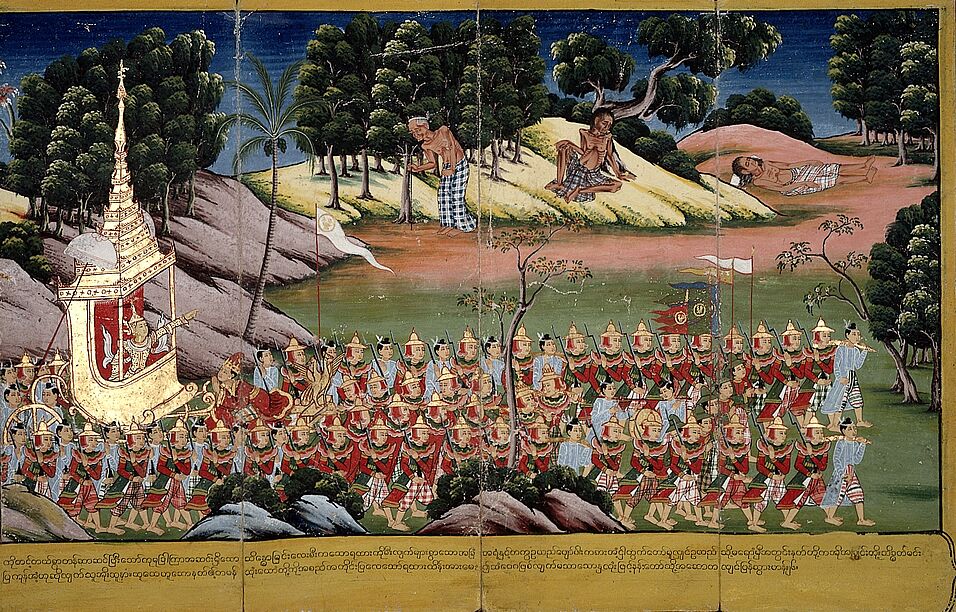The practies of the śmāśānika, or cremation ground ascetic, were recognized as canonical within the Buddhist tradition at least as early as fifth century CE, when they are found in the Visuddhimagga.
However, recent scholarship has suggested that these practices did not begin within a specifically Buddhist, or even sectarian, milieu but rather within a "magical" substratum of South Asian religious practice. Among the śmāśānika repertoire is the hyper-soteriological practice of aśubhabhāvanā, or meditation on decomposing corpses. This fast-track approach to the realization of the Buddhist truth of impermanence is situated rhetorically at the center of the Buddhist soteriological tradition in texts such as the Visuddhimagga, but its locus in the cremation ground suggests we should look outside of an orthogenetic explanation.
In this presentation, I will be arguing that the practice of aśubhabhāvanā—like other śmāśānika practices—emerged not in the Buddhist monastery, but within the outcaste milieu of the ancient Indian death economy.

